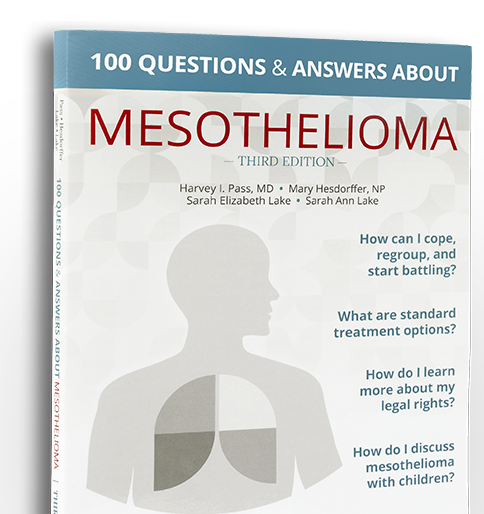One way that mesothelioma is detected is how the mesothelioma cells look under a microscope – called “cell type.” There are four main cell types:
Epithelioid
The most common cell type, which accounts for around 50% to 70% of all mesothelioma diagnoses. Epithelioid mesothelioma has the best prognosis of the types of malignant mesothelioma.
Sarcomatoid
The cell type described as Sarcomatoid accounts for around 10% to 20% of all mesotheliomas and is categorized as having an erratic character.
Biphasic
Also commonly referred to as “mixed variant,” the biphasic cell type is a combination of both the epithelioid and Sarcomatoid cell types and accounts for between 10% and 30% of mesotheliomas.
Desmoplastic
Known as “DMM,” cells categorized as desmoplastic are rare and aggressive, making up 5% to 10% of malignant mesotheliomas.
Mesothelioma cell types are further divided into four subgroups:
- Clear cell – the inside of the cell appears clear under a microscope, very rare
- Small cell – the cell appears smaller than normal cells under a microscope, typically develops in the peritoneum
- Tubulopapillary cell – the cells appear uniform under a microscope, usually develops in the peritoneum
- Acinar cell – the cell looks like a pyramid under a microscope, extremely rare
To learn more about mesothelioma, CLICK HERE to request a free book of answers written by medical professionals who are experienced in treating mesothelioma.




